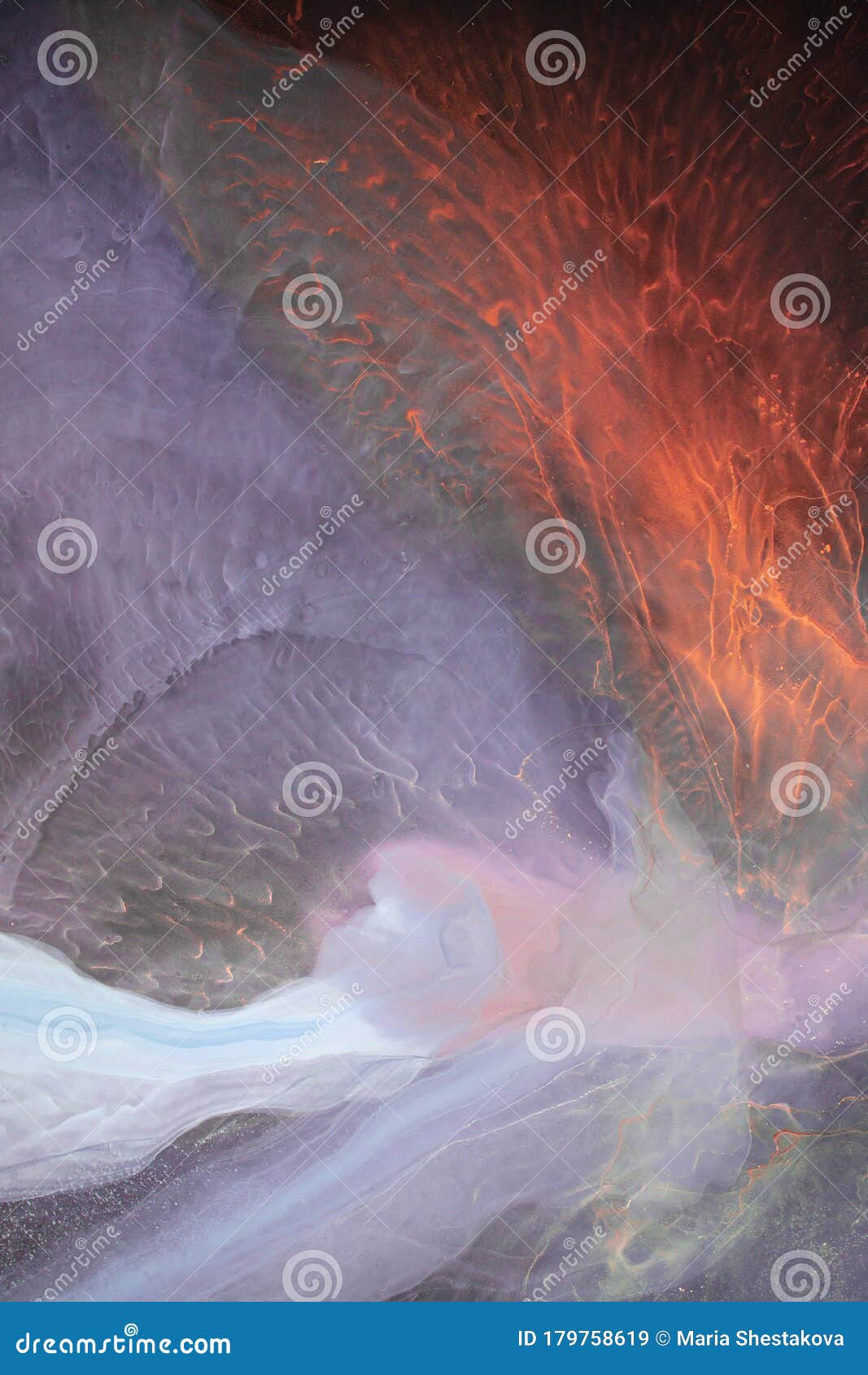
- #FLUID IMAGE CONTAINER WITH BLACK BACKGROUND HOW TO#
- #FLUID IMAGE CONTAINER WITH BLACK BACKGROUND FULL#
- #FLUID IMAGE CONTAINER WITH BLACK BACKGROUND CODE#
Last, but not least, Bootstrap gives you a lot of shortcuts for creating web pages that will save you time and energy. It also comes with additional functionality such as carousels, buttons, popups, and more. With Bootstrap, you can conjure complex web pages from standard HTML and customize them to your needs.

The framework is also completely free, versatile, and intuitive. Famous users include Spotify, LinkedIn, among others. First developed by Twitter, it now powers anything from web applications to WordPress themes.

Bootstrap, which is the topic of this tutorial, is a front-end framework that helps you build mobile responsive websites more quickly and easily.
#FLUID IMAGE CONTAINER WITH BLACK BACKGROUND CODE#
Paste this code into the CSS section of the module: Here is an example of a full-width background image banner:ĩ. You can position the image into different areas using other CSS declarations, but unless you make specific changes to the background image based on the width of the page through a separate property, the background image will typically stay in the same place. This method should be used if the image itself is not as important as the content on top of it. This can be useful if you’re intending to use a visually appealing image in the background that makes the content on top stand out.

You can change the window size, but the size of the lawn will remain the same size. Think of the parent element as a window overlooking your backyard and the background image as the lawn. This makes it better for responsive designs. A background image changes the amount of the image visible depending on how wide the viewport is and how much height is required in the parent element.
#FLUID IMAGE CONTAINER WITH BLACK BACKGROUND FULL#
When you want to have an image span the full width of the page and have content on top of that image be readable in multiple widths, use a background image. Want more content like this? Subscribe to the User Blog. Voila! You should now have a full width banner image, similar to our example below: Style your image to be full width by adding the following CSS declaration in your stylesheet.In this example, the class is full-width-banner Also add a CSS class to the CSS options area of the module. Choose the image you want within the module options options area.Avoid having it added to an area that is grouped because you’ll want the image to be independent of any parent containers that might contain the image. Insert an image module into your template.You can implement this method by following the instructions below: An image banner will span the full width of the area that it’s in, but that also means it will shrink with the rest of the web page if it’s resized. The full image method also works well if you intend to have the image contribute to the context or topic of the page. That alt text can also have SEO benefits by increasing the accuracy of search engines indexing your content.

For example, the HTML tag allows screen readers to read the alt attribute in the tag. Using an image that spans the full width of the page has accessibility advantages.
#FLUID IMAGE CONTAINER WITH BLACK BACKGROUND HOW TO#
Still unsure of which method to use? Below are more detailed explanations for the benefits of each method as well as how to implement either into your pages. Do I want that content to be responsive? - Background Image.Do I want content on top of the image? – Background Image.Do I want the user to see the whole image for any width? - Image in page.Do I need this image to be discoverable by search engines? – Image in page.Adding the image using the background-image CSS property.īut which method should you choose? Here are a few things to consider when deciding whether to use an image vs.The two methods for adding banner to your pages are: There are two methods to add this type of banner to your templates, and we'll walk through both. A full-width banner with an image is a great way to add some color to your web page and make the user experience pop.


 0 kommentar(er)
0 kommentar(er)
